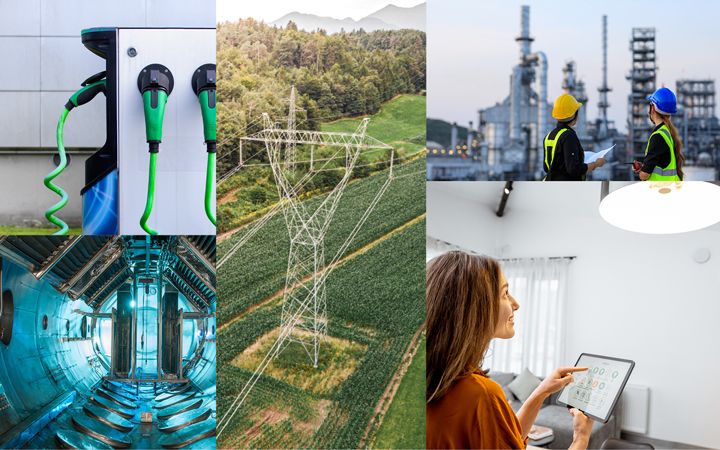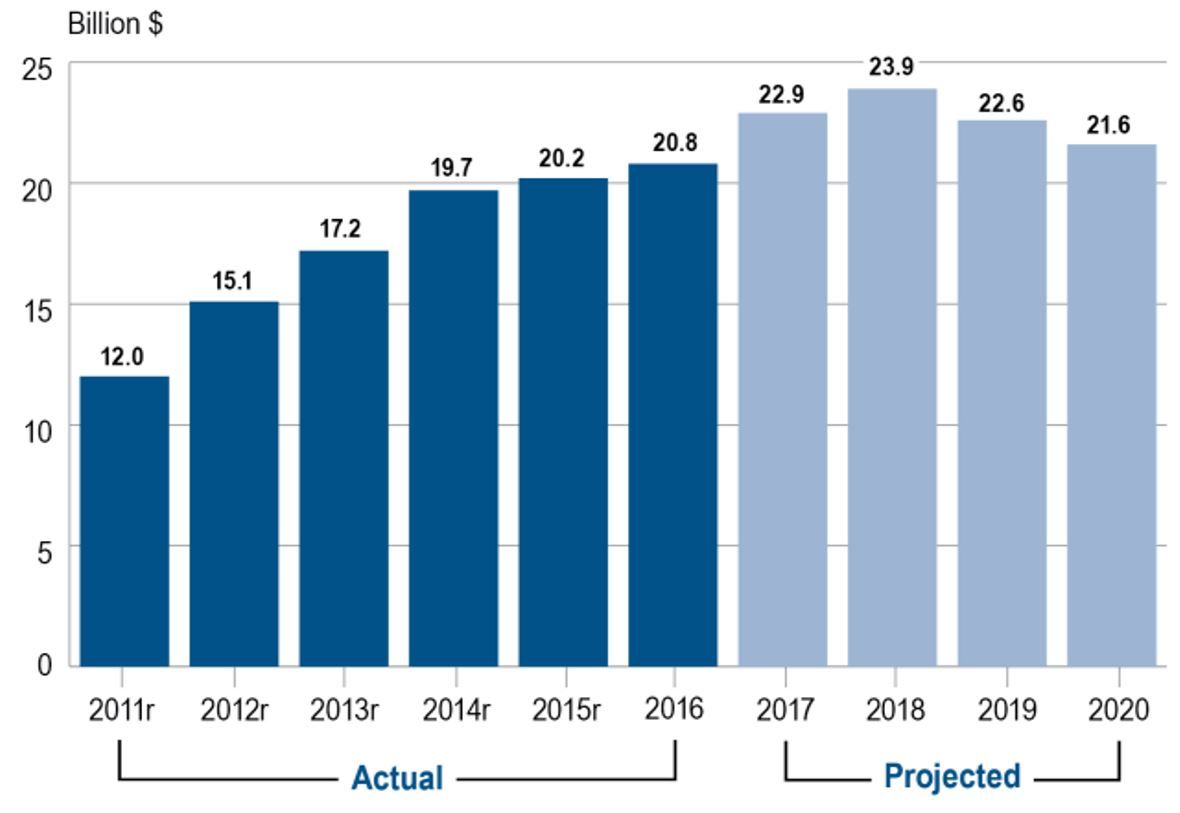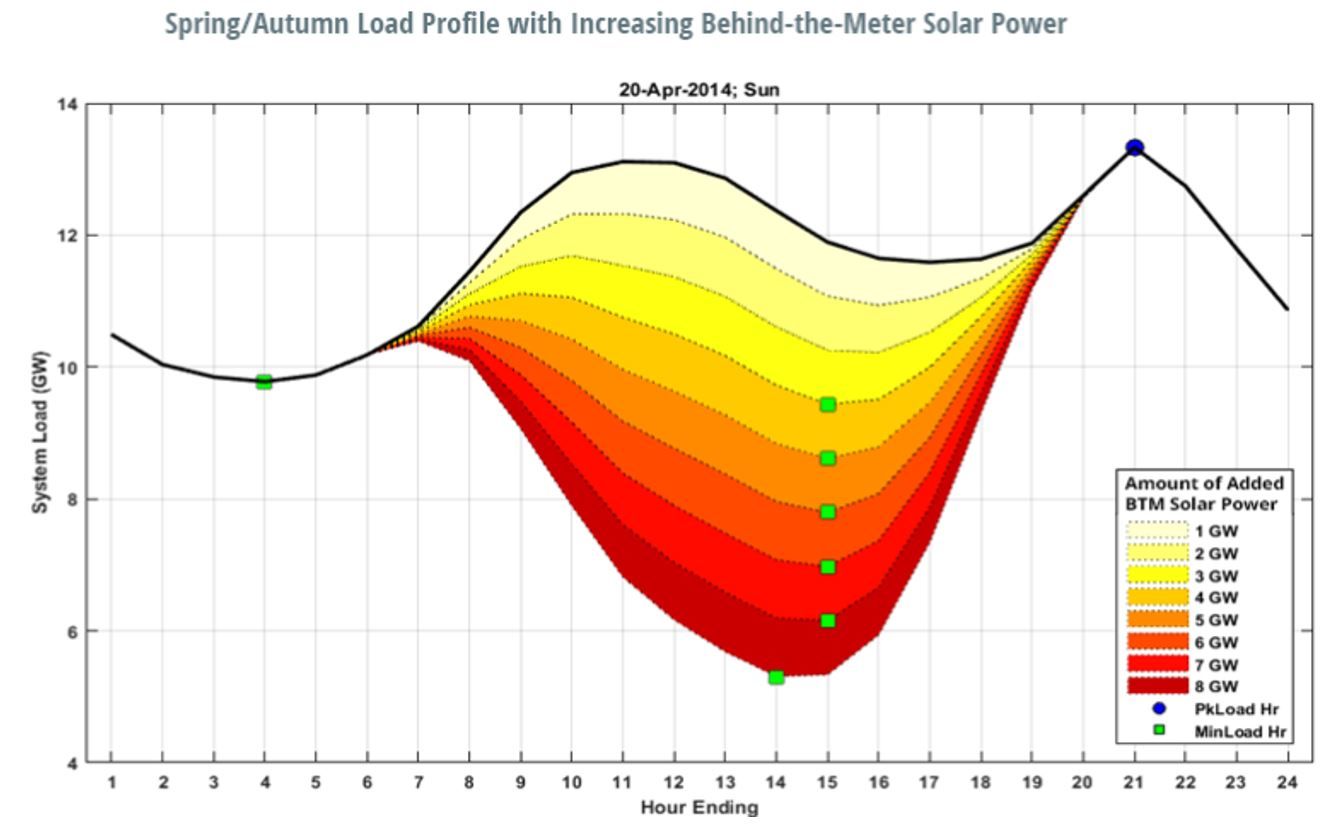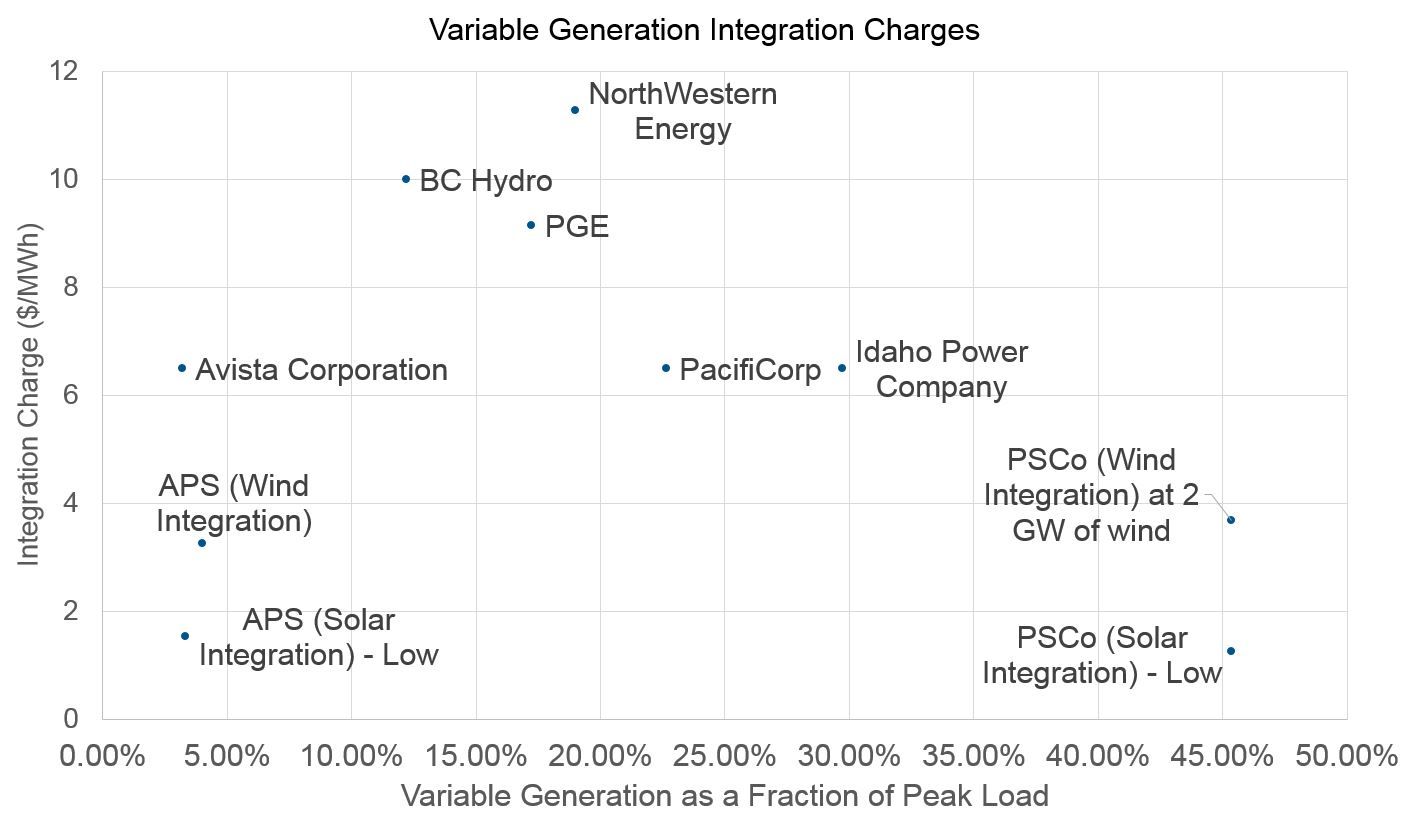
Is the grid ready for tremendous renewable energy growth?
The U.S. has experienced an unprecedented renewable energy wave over the last decade. ICF analysis shows that from 2008 to 2017, renewable energy production has grown nearly six-fold.
Federal and state incentives, state renewable mandates, falling technology costs, and proactive transmission investment have directly spurred the renewable activity--enough to offset relatively anemic demand growth during this period.
A study of the interconnection queues of a few independent service operators (ISOs) shows that the explosive growth of renewable energy sources is set to continue. As of July 2018, there was a combined 128 GW of active solar and 158 GW of active wind projects in the interconnection queues of CAISO, PJM, ERCOT, SPP, and MISO.
System operators, renewable developers and financiers can take four distinct, proactive actions to continue an impressive growth rate.
1. Tried and True Transmission Investment
Proactive transmission infrastructure investments have made early renewable projects possible by transmitting electricity from remote, resource-rich regions to major load centers located hundreds of miles away.

Examples of major projects include the CAISO Tehachapi Renewable Transmission Project ($3.2 billion, in-service in 2016), SPP Priority ($1.6 billion, in-service in 2016), CREZ ($7 billion, in-service in 2013), and MISO CapX2020 ($2 billion, in-service in 2017). Studies have also highlighted the importance of additional transmission infrastructure and improved transmission system utilization within the context of rising renewable penetration. Recently, we completed a study for the U.S. Energy Information Administration looking at how high-voltage direct current transmission might support future renewables development.
To keep the renewable momentum into the next decade, transmission will still play a pivotal role. As on-shore renewable development activity transitions from large scale wind to solar (utility scale and behind the meter) and relatively closer to load centers, we expect transmission investment needs to become smaller in scale, but remain important.
Off-shore wind is a newer sector of renewable development increasingly gaining attention with near-term procurement mandates from several coastal states. Transmission connectivity of landing sites to load centers may limit economic viability of certain projects due to higher congestion and curtailment risks. It will be prudent to consider holistic transmission solutions to reliably transfer offshore power to load centers. Regulators will need to consider build, ownership and cost allocation structures of these collector systems.
2. Methods to Predict and Deal with Rapid Swings in Net Load
Increased renewable penetration has already brought system ramp constraints to the forefront. California’s highly-publicized duck curve captures the realities and considerations associated with grid operations under extremely high penetrations of variable generation. As installed renewable capacity grows across the country, more regions may find themselves grappling with the same issue that the CAISO identified nearly a decade ago.
Technologies such as energy storage and demand-side management technologies can help system operators effectively respond to swings and steep ramps in system load. As their technology and implementation costs continue to decline, they’ll play a larger role helping renewable generation stay in coordination with system load.
Furthermore, more accurate wind and solar forecasting, regional interchanges, and closer coordination between balancing authorities and transmission owners can help surmount rapid swings, such as the ones seen in ISO-NE below.

3. Higher Interconnection Charges and Costs
Renewable developers should expect to see less lucrative avoided cost contracts going forward due to higher integration charges. The main driver of these integration costs is the variability in electricity production from intermittent renewables. Variability creates a need for rapid cycling in conventional generators and increases the requirement of operating reserves, or excess capacity, needed to meet load.
Integration charges rise with increases in renewable penetration. For example APS' solar integration charge rises to $3.04/ MWh, PSCo's wind integration charge at 3 GW of wind is $4.09/ MWh and PSCo's solar integration charge rises to $6.06/ MWh.
4. Closing Intermittent Gaps with Clear Policy and Market Incentives
The enhancement of market mechanisms can accurately value and improve the utilization of existing flexible generating capacity such as ‘peaker’ gas plants. Actions such as FERC Order 841 have started the process of the creation of market mechanisms for energy storage participation in wholesale electricity markets. Additionally, rules such as FERC Order 845 have created certainty for project developers by adopting reforms to the generation interconnection procedures and pro forma agreements, thus enhancing the interconnection process and promoting informed decisions.
Markets will need to send the right price signals that can accomplish this task while also incentivizing the entry of new flexible resources. Simultaneously, market mechanisms can also help mitigate risks for project developers. Operators can create new categories of reserves to accommodate ramps in wind and solar output, encouraging a broad range of participants in the ancillary services markets.
Challenges and Opportunities
Industry participants are engaged in understanding and finding solutions to renewable integration issues. While the growing intermittency of the U.S. electricity generation mix poses several challenges, opportunities will present themselves as well.
Storage developers and owners will find that their assets will be increasingly leveraged for grid-balancing services. The continued proliferation of offshore and onshore wind resources will necessitate the development of miles of new transmission, which presents new opportunities for transmission developers. Finally, policy makers will need to stay abreast of these rapid developments and, simultaneously, develop new regulatory and market mechanisms to ensure the graceful integration of intermittent generation.